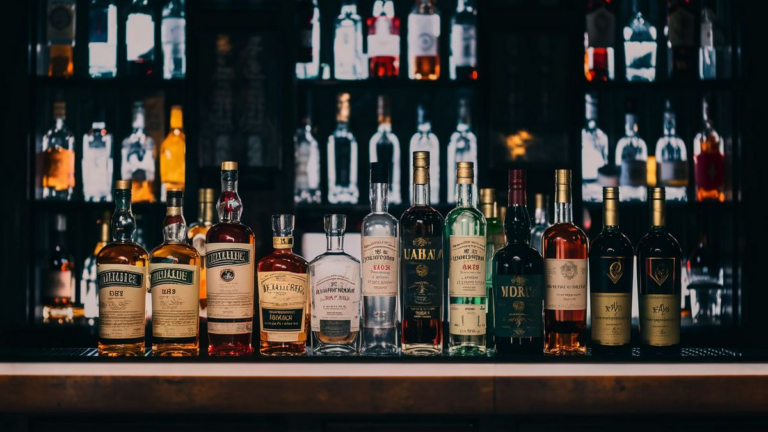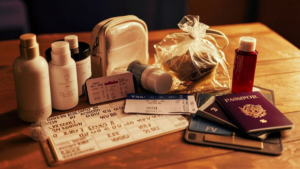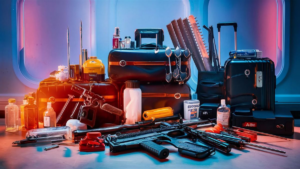When it comes to packing for a flight, travelers often have questions about what items they can bring with them onboard, particularly when it comes to alcohol. Understanding the regulations regarding alcohol can save you time and hassle at the airport. Let’s delve into the guidelines surrounding carrying alcohol onto a plane.
Regulations and Restrictions
The amount of alcohol you can carry onto a plane largely depends on the airline, the destination, and local laws. Generally, airlines follow regulations set by aviation authorities and customs agencies.
Transportation Security Administration (TSA)
The Transportation Security Administration (TSA) in the United States has specific rules regarding alcohol in carry-on luggage. According to TSA guidelines, travelers can bring alcohol in their carry-on bags as long as it adheres to the 3-1-1 rule:
- Alcohol must be in containers of 3.4 ounces (100 milliliters) or less.
- All containers must fit into a single quart-sized plastic bag.
- Each passenger is allowed one plastic bag of liquids.
International Travel
For international flights, travelers should be aware of the regulations of both their departure and arrival countries. Some countries may have restrictions on the amount of alcohol that can be brought in, and customs duties may apply.
Buying Alcohol Duty-Free
One way to bring alcohol onto a plane is by purchasing it from duty-free shops located in airports. However, there are restrictions on the amount of alcohol you can buy, and these vary depending on the country and destination. It’s essential to check the duty-free allowances of both your departure and arrival countries.
Packaging and Transportation
When packing alcohol in your carry-on luggage, it’s crucial to ensure that the containers are properly sealed to prevent leakage. Additionally, alcohol bottles should be securely packed to prevent breakage during transit. Placing them in a padded bag or wrapping them in clothing can provide extra protection.
Exceptions and Special Circumstances
There may be exceptions to the rules regarding carrying alcohol onto a plane, such as medical reasons or special events. In such cases, travelers should contact their airline in advance to inquire about any necessary documentation or procedures.
Alcohol Content and Safety
It’s essential to remember that consuming alcohol during a flight can have different effects on the body due to changes in altitude and cabin pressure. Passengers should drink responsibly and be mindful of their alcohol consumption to ensure a safe and enjoyable journey.
Understanding the regulations and guidelines for carrying alcohol onto a plane can help travelers prepare appropriately and avoid any issues during their journey. By adhering to the rules set by aviation authorities and customs agencies, passengers can enjoy their favorite alcoholic beverages responsibly while traveling.
Frequently Asked Questions
Here are some commonly asked questions about carrying alcohol onto a plane:
| Question | Answer |
|---|---|
| Can I bring homemade alcohol onboard? | Homemade alcohol is typically not permitted onboard, as it may not meet safety and regulatory standards. It’s best to purchase alcohol from licensed retailers. |
| Are there restrictions on the types of alcohol I can bring? | While there are no specific restrictions on the types of alcohol you can bring, it’s essential to adhere to the TSA’s guidelines regarding container size and packaging. |
| Can I consume alcohol purchased from duty-free during the flight? | It’s generally allowed to consume alcohol purchased from duty-free onboard the aircraft. However, it’s advisable to check with the airline’s policies beforehand. |
| What should I do if I have alcohol leftover after the flight? | If you have alcohol leftover after your flight, you can typically take it with you through customs at your destination. Be sure to check the customs regulations of the country you’re entering. |
Safety Measures
Ensuring safety while transporting alcohol is crucial for both passengers and airline staff. Here are some additional safety measures to consider:
- Wrap alcohol bottles in clothing or towels to prevent breakage.
- Place alcohol containers in a secure, padded bag to minimize the risk of damage.
- Keep alcohol out of direct sunlight and away from heat sources to maintain its quality.
See also:






